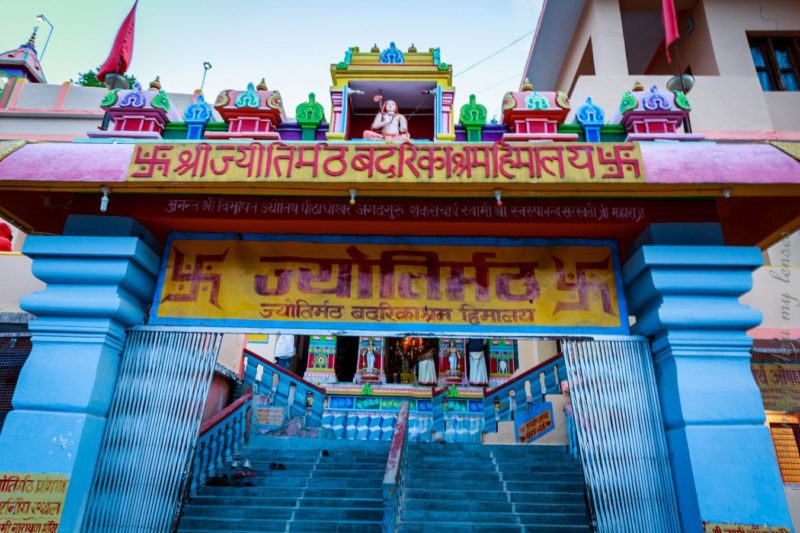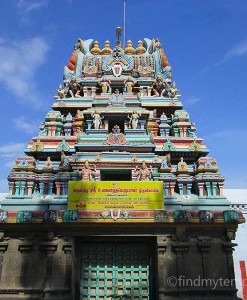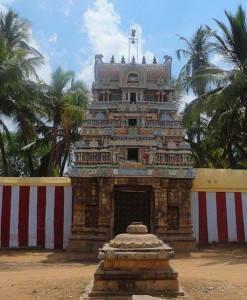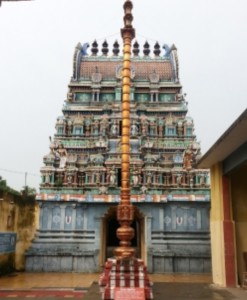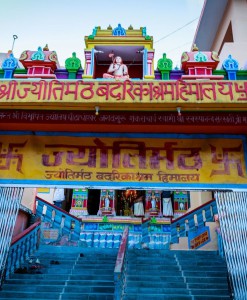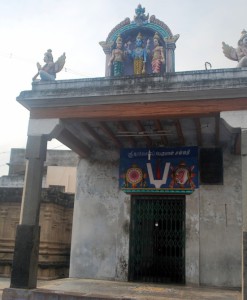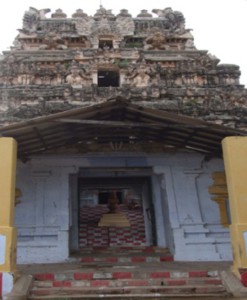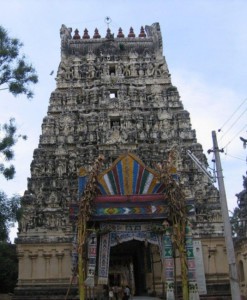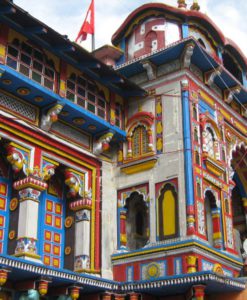No products in the cart.
Jyotirmath – Joshimath, Uttarakhand
Jyotirmath, also known as Joshimath is a city and a municipal board in Chamoli District in the Indian state of Uttarakhand. It is located at a height of 6150 feet. It is a gateway to several Himalayan mountain climbing expeditions, trekking trails and pilgrim centres like Badrinath. It is a home to one of the four cardinal pithas established by Adi Shankara.
Jyotirmath is the uttaramnaya matha or northern monastery, one of the four cardinal institutions established by Adi Shankara, the others being those at Shringeri, Puri and Dwarka. Their heads are titled “Shankaracharya”. They are considered to be the leaders of the ten orders of the Dasanami Sannyasins associated with Advaita Vedanta. The principal eastern (Purvamnaya), southern (Dakshinamnaya) and western (Pascimamnaya) institutions are based at Puri (Orissa), Sringeri (Karnataka) and Dwaraka (Gujarat) respectively. The northern (Uttaramnaya) Sankaracharya seat is at Jyotirmath (also known as Joshimath) near Badrinath. In addition to these four, there are numerous other mathas throughout India, and the seven Dasanami Akhadas (Juna, Niranjani, Mahanirvani, Ananda, Atal, Avahan, Agni – the last is a Brahmacharin Akhada, not a Sannyasin one) that have their own separate administrations and leaders. According to the tradition initiated by Adi Shankara, this matha is in charge of the Atharva veda. Jyotirmath is close to the pilgrimage town of Badrinath. This place can be a base station for travellers going to Guru Gobind Ghat or the Valley of Flowers National Park. The temple Narasimha is enshrined Badrinarayan along with a pantheon of deities. The presiding deity Lord Narasimha is believed to have been established by Adi Sankara. It is one of the Divya Desams, the 108 temples of Vishnu revered by the 12 Tamil poet-saints or Alvars.
When Badrinath temple remains closed during winter every year, one idol of Lord Badri is brought to Narsinh temple and worshiped for six months.
The history of Jyotirmath is extremely complicated. According to official accounts, after the period of one Swami Ramakrishna Tirtha in the 18th century, the matha was extinct for about 165 years, before it was revived in 1941, under Swami Brahmananda Saraswati. However, in the meantime, various Sannyasins had claimed to be the Sankaracharya of Jyotirmath, and for some time, many people thought that the Rawal (head-priest) of the Badrinath temple was also the Sankaracharya of Jyotirmath.
There is currently a succession dispute at the Jyotirmath Sankaracharya seat, the origin of which dates back to the year 1953. Till recently, the two major rivals were Swami Swarupananda Saraswati (who is also the Sankaracharya of Dwaraka in the west) and Swami Vasudevananda Saraswati. Since 1993-4, another Sannyasin named Madhava Asrama has been a third claimant to the Jyotirmath title.
To summarize, the three competing Jyotirmath lineages are –
| 1. Brahmananda Saraswati (1941-1953; revived the matha after a vacancy of 165 years) | ||
| 2. Santananda Saraswati (1953-1980, d. 1997) 3. Vishnudevananda Saraswati 4. Vasudevananda Saraswati | 2. Krishnabodha Asrama (1953-1973; not a direct disciple) | |
| 3. Swarupananda Saraswati (since 1973; disciple of Brahmananda) | 3. Swarupananda Saraswati (1973-1993/4 [1982?]) 4. Madhava Asrama | |
| Not including – Hariharananda (Karapatri), Dwarakesananda, Paramatmananda and Prakasananda (?) | ||
Temples Inside Jyotirmath
Shankaracharya Math is the math established by Adi Shankaracharya in North India. The Math is having a temple of Badrinarayan and Rajrajeshwari Devi. It has a sacred cave where Adi Shankaracharya supposedly undertook Tapasya.
Narsinh Temple is an ancient temple of Lord Vishnu in Narsinh Avtar and main temple of Joshimath. It has an idol of Lord Narsinh, which is considered established by Shankaracharya. As per local belief, the right hand of this idol has become as thin as a hair. On the day when it will break, the mountains Jay-Vijay shall become one and Lord Badrinath of Badrinath temple will disappear from the present temple and re-appear as black stone (Shaligram) at a new place called Bhavishya Badri, which is situated at a distance of 10 km from Joshimath.
Bhavishya Kedar Temple is the place as per local belief where disappeared Kedarnath along with Badrinath will re-appear. This temple has a small shivling.
Tapovan is situated 10 km from Joshimath. It has natural hot water springs. It has a nice view of river Dhauliganga.
By Road
A Ropeway to Auli is popular among tourists and one of the longest ropeways in Asia. It is open only during the winter season and costs more than Rs 700 for a journey.
By Rail
The nearest railway station is at Rishikesh, which has a small railway terminal. Haridwar railway junction, 24 km farther from Rishikesh, has train connections to most of the major cities in India.
By Air
The nearest airport is the Jolly Grant Airport near Dehradun 293 km (182 mi) away.
Jyotirmath, Chamoli,Uttarakhand

